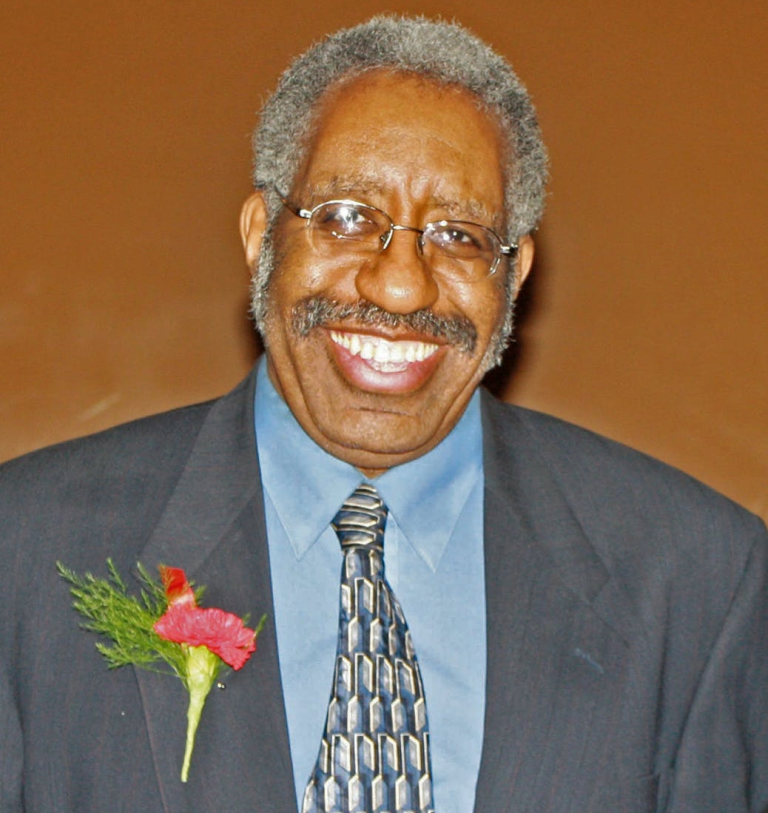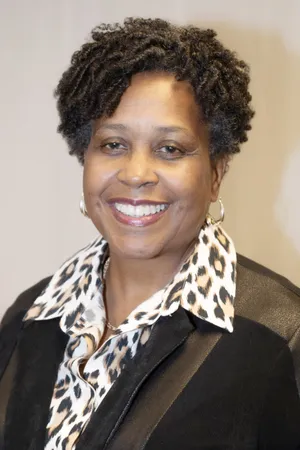Some Black journalists complained of being snubbed during this year’s Women’s National Basketball Association All-Star Game and its events held in Chicago last month. The League held its contest and skills challenge at the McCormick Place Convention Center on July 9 and the All-Star Game at the Wintrust Arena, July 10.
Charles Hallman, a Hall of Famer and award-winning sports columnist for the Minnesota Spokesman-Recorder (MSR), said that Black-owned media journalists like himself didn’t have the same access to courtside seating during the games provided to other media.
Hallman voiced his gripe in a column published by the MSR on July 20.
He said that he and Nick Hamilton, a veteran sports and entertainment journalist, were among the few Black journalists at the All-Star Game and related events in Chicago, and that neither he nor Hamilton was approved to cover the All-Star Saturday events.
“We were instead offered the option of watching it from the media room. I chose to leave,” Hallman said in his MSR column of the contest and skills challenge. “Both of us were relegated to media seating in the rafters for the (All-Star) game; It’s the first time I did not have a courtside media seat. I let my disgust be known on Twitter as I watched the game from my hotel room.”
A WNBA spokesperson said that all media had equal access to everything during the weekend’s events, and that all credentialed media were invited to and had equal access to all open events, press conferences and interviews.
The League said that Sunday’s All-Star game had around 30 seats in the lower-bowl and 30 more above the court. It added that both areas included various outlets, such as national, local, sports, non-sports, Black-owned media, women-owned media, and freelancers from multiple platforms. Although ESPN, the League’s broadcast partner airing the game, interviewed players on the court, all other press had access to interview players at the back of the house.
“I’ve attended all but two All-Star Games. I got second-tier seating, so I just (returned) to my hotel,” Hallman said. “I was steamed and upset. I pay for all of my trips. I rented a car, a hotel room, paid for gas with these high prices, and my food–a big expense— especially when I could have done everything at home, and it wouldn’t have cost me as much, including the aggravation.”
The spokesperson said that during the All-Star Game, Hallman had a seat upstairs in section 114, along with various other media professionals. The League also cited several reasons that might have prevented Hallman, who has been covering WNBA since its inception, from getting a courtside seat this year. Those reasons included logistical challenges, limited seating at the McCormick Place venue during Saturday’s 3-Point Contest and Skills Challenge, and the fact that the Minnesota Lynx were not playing. The WNBA said Saturday’s events had limited seating, divvied out to national media outlets and local press, with players from their markets participating in the game.
Hallman concurred with the logistical challenges mentioned by the League, but said he also noticed that Black-owned media was getting pushed aside by social media influencers who had courtside seating.
“Too many things weren’t done,” he said, adding that the event, held in a smaller than usual venue, was poorly organized. “We’ve seen that before. They had a shorter time to plan things… but I have always had a seat on the floor. I should have that (seat) as a veteran reporter.”
Hallman said that Black-owned media, not mainstream media, had consistently covered the WNBA for years “but still gets the short straw pre-and-post pandemic.”
“Now, we have ‘new media’—social media—to contend with, and the League is ballyhooing them more,” he said in his column. “Social media got the courtside seats in Chicago.”
The WNBA said it works closely with Black-owned media, women-owned media and start-ups. It explained that roughly half of this year’s media seated in the lower-bowl consisted of people of color, including Black Rosie Media and Girl Sports Talk T.V., both Black-owned media groups.
According to Hallman’s column, WNBA Commissioner Cathy Engelbert addressed his issue personally. “I know you weren’t happy,” WNBA Commissioner Cathy Engelbert told Hallman during a halftime local media scrum at the July 12 Minnesota-Phoenix contest. “We’ll certainly look into what happened there [in Chicago]. I appreciate you letting me know.”
Hallman said that Black-owned media had been getting the word out about the League for more than two decades–long before mainstream media took it seriously.
“We covered the social justice issues that they had, long before it was in vogue to ask those questions,” he said.
“I’m looking at people like me and others who have been covering the WNBA for more than two-decades since its existence,” Hallman said. “I’ve covered (the All-Star games).To me, it was an insult. I was looking at several people on the floor who had never been at a WMBA game before, and I was thinking, ‘Why am I not on the floor?'”
Hamilton, of Los Angeles-based Nitecast Media, said he felt slighted during the pre-All-Star press conference.
“I raised my hand five or six times, but I never was able to ask a question. I thought, ‘What do I have to do to get called on?'” Hamilton said. “Afterwards, I asked why I wasn’t called on, and I was told, ‘You were called on a lot yesterday.’ I thought, ‘What does that have to do with today?’ I felt singled out.”
Hamilton added that he had been covering professional teams in League since 2010. However, this was his first time attending the All-Star Games and events.
He recalled earlier years, getting laughed at and told that the WNBA would be a fad.
“They said it’s not going anywhere, it’s not going to produce anything substantial, now 26 years later, here we are,” he said.
Hamilton added that the Black media had always been there, covering players and telling their stories before the League grew to where it is today.
“The same vigor, rapport, and respect that you give these influencers — give the same respect to the journalists who have covered this League, day-in and day-out and night-in and out,” he said.



1 comment